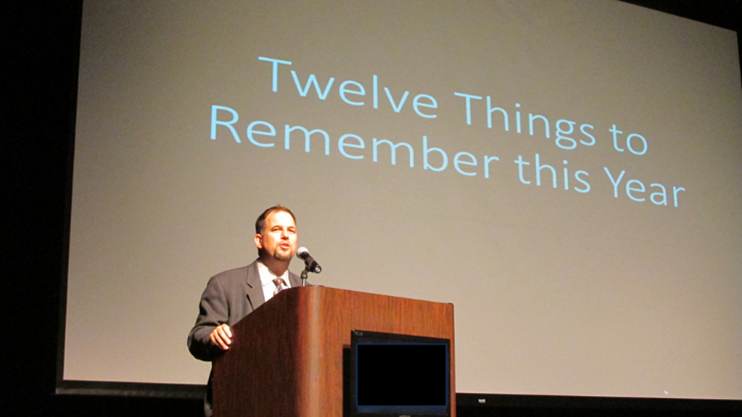
Have you ever lectured your kids, students, friends, or employees? You’re probably saying “yes, of course I have.” We all have. But why do we do it? Is it effective? No. Studies on learning confirm what we all experience when being lectured. Whether training, teaching, coaching, or correcting someone, telling people what they did wrong, what they need to do, or how to do something isn’t the best approach. Telling actually has the least retention and impact of all learning methods.
When you are doing the talking, especially for extended periods, is your audience really listening? How do you know? How do you know they aren’t thinking about something else? Or doing something else if they are remote? You don’t. In fact, if you assume anything you should probably assume they aren’t fully attentive. Studies on people’s attention find that many people’s attention span is only a couple of minutes. After a couple of minutes, people’s minds wander.
The only way you know if your audience is engaged is if they are actively involved. The only way they are actively involved is if they are participating and talking. How do you get people involved, engaged, participating, and talking? Perhaps the most powerful and simple way is to ask questions. When you ask questions, people pay attention. They start thinking and if requested, they know they will have to express their ideas and understanding.
You can make any point and share any thought through a monolog or a dialog. On any topic, you can lecture or have a discussion. As a leader, parent, teacher, trainer, or coach, you get to decide. The difference is that when you start a dialog, people get enrolled in the conversation in contrast to being bystanders to it. They are participants in the content rather than spectators to it.
Discussions require that people turn on their brains. So, when helping someone learn in some way, why wouldn’t you start with a question? This is often referred to as the Socratic method of teaching. Asking questions not only helps the teacher know what their students know, but also helps the students know for themselves what they know. The process of answering questions increases learning which includes increasing self-awareness.
You may be thinking that having a conversation makes total sense for one-on-one interactions, but isn’t possible in a group setting or presentation. Actually, having conversations with groups, even large groups, is still possible. Great presenters and meeting hosts get their audiences engaged in almost the same way as in one-on-one interactions. They might not always ask people to respond verbally, but they ask questions that make people think and react within themselves.
Technology also enables presenters and meeting facilitators to ask questions that get people thinking as well as capture people’s answers. Interactive polling applications like Mentimeter allow even large audiences to provide their answers and thoughts. Additionally, technology allows anonymous input when anonymity is important.
Listed below is a highly interactive approach to presenting a learning topic or training you might consider if/when given the opportunity. Technology can also be incorporated into this, minimally or extensively, to increase interactivity to whatever level is desired.
Interactive approach to teaching or leading a training session:
- Capture your audience’s attention. At the very beginning, get your audience engaged with an application that is relevant to them. Tell a brief but impactful story, provide a real example, outline a familiar scenario, or ask a thought-provoking question. If you have the gift of humor, include something lighthearted that gets your audience to laugh.
- Test their current level of knowledge. Ask what they know about a topic or how they would handle a circumstance or situation. Help them become eager to participate by increasing their self-awareness and potentially discovering their lack of knowledge. Help them realize their opportunity to learn and improve.
- Reveal the learning content interactively. Using discussion, diagramming, or other interactive methods, share the basic principles or themes you will carry through the session. Step through a practical example to which the audience can apply the key principles and practices. Incrementally build the content as you step through the example.
- Confirm understanding. Ask questions that reveal to you and your audience what they have learned and the extent to which they will be able to apply it. Provide scenarios that challenge them to describe how they would apply the concepts that were discussed. Provide a review of any topics in need of further explanation or clarification.
- Reinforce the learning through application. Give people an individual or group exercise that applies the concepts being taught. For larger audiences, have people work with a partner or in small groups. With smaller audiences, have them role play or present something related to their learning. If appropriate, put them in groups of three to practice the content with each person taking turns being the observer and giving feedback.
Give these ideas a try instead of lecturing next time you are in a position to share your knowledge and see how much more people learn when they are directly engaged in the learning content.
PDF version of this article: https://alpinelink.com/docs/Lecturing_Doesnt_Work.pdf.
